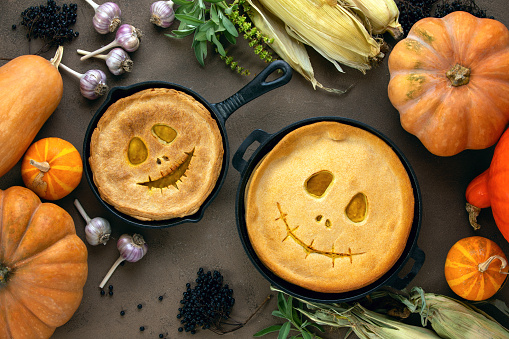Necessary tools and materials
500 ml of pure water.
Two dates without seeds, raisins, pieces of fresh apple, or any other fruit.
A teaspoon of sugar or honey.
A clean glass jar or glass jar.
Work steps
Make sure the jar is completely clean, and to ensure complete fermentation success, it is best to clean it using a teaspoon of baking soda with 4 cups of hot water, then rinse it with hot water.
Put the amount of sugar and water in the jar, then chop the dates or fruit into small pieces and add them to it.
Close the jar, but do not tighten it, to allow the gas from the reaction to escape.
Place the jar in a warm place, but out of sunlight.
Leave it for 3 to 8 days, but open the cap once a day for a few minutes to change the air, release the pressure, close it again, shake the bottle well to introduce oxygen into the water, then close the cap again.
After 2 to 3 days you will notice bubbles appearing, and in the next stage the water will become cloudy, and the number of bubbles will increase.
When the bubbles have decreased, the yeast is ready to use.
How to use
Take the yeast out of the fridge before baking the bread and let it come to room temperature, then shake the bottle because the yeast is on the bottom.
f your recipe calls for 200ml of water, you should use 135ml of yeast water, so you should only add 65ml of pure water to the dough.
Leave the dough for a longer time than usual, as the time depends on the strength of the yeast water.
Making yeast from potatoes
Necessary tools and materials
A medium-sized potato.
An appropriate amount of water.
a teaspoon of sugar.
a pinch of salt.
a pot.
Work steps
Boil potato in unsalted water until it is fully cooked, remove it from the water, and keep the boiling water aside.
Mash the potatoes, then add a teaspoon of sugar, and a pinch of salt.
Add enough potato water until you have a mixture equivalent to ¼ liter.
Cover the ingredients with a towel, then put them in a warm place, and leave them until they ferment, and bubbles that indicate the completion of fermentation appear on them.
History of using yeast
Yeast can be considered the oldest industrial microorganism, it is possible that humans used yeast before the development of written language, as hieroglyphs indicate that ancient Egyptian civilizations were using yeast and the fermentation process to produce alcoholic beverages and bread yeast more than 5000 years ago, at that time it was considered to the fermentation process as mysterious and even magical.
It is believed that since early times, fermentation mixtures for making bread were formed by natural bacteria in flour such as wild yeast, lactobacilli, and organisms also present in milk.
Yeast benefit
Functional foods with yeast provide proteins and vitamins such as B vitamins, which are necessary to maintain a healthy and balanced digestive system, as yeast is present in the bacteria in your gut, and the body needs it to help absorb vitamins and minerals in foods.
